The history of cartography reveals how maps have shaped our understanding of the world over centuries. From ancient sketches on clay tablets to modern digital maps, the evolution of mapmaking reflects human curiosity, exploration, and innovation. Each map tells a story, offering insights into the cultures, geography, and technological advancements of its time. In this article, we’ll dive into the fascinating developments that have made cartography an essential tool for navigation and discovery.
The Earliest Maps on Clay Tablets
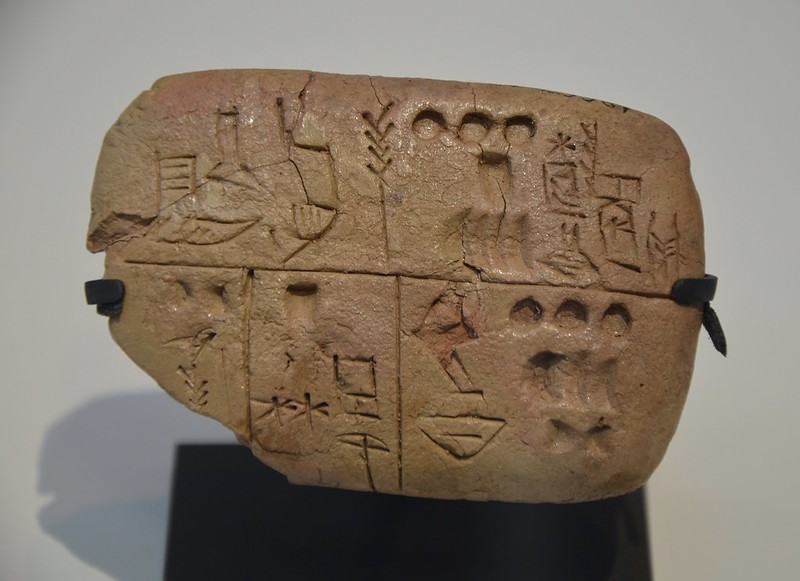
The oldest known maps were etched on clay tablets in ancient Mesopotamia around 2300 BCE. These early maps primarily depicted local geography, such as rivers and agricultural fields, and were used for administrative purposes. The use of clay tablets highlights the limited materials available at the time and the practicality of these maps in organizing early civilizations.
Ptolemy’s “Geographia”
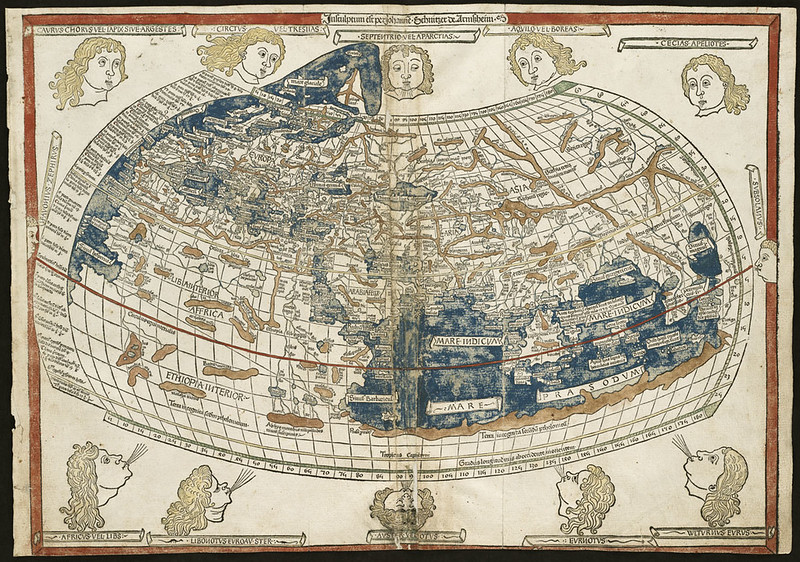
Claudius Ptolemy, a Greek mathematician and astronomer, created one of the most influential works in early cartography with his book “Geographia” in the 2nd century CE. This text contained maps and coordinates for over 8,000 places and laid the groundwork for future mapmaking by introducing concepts like latitude and longitude, providing a systematic approach to global mapping.
T-O Maps in Medieval Europe
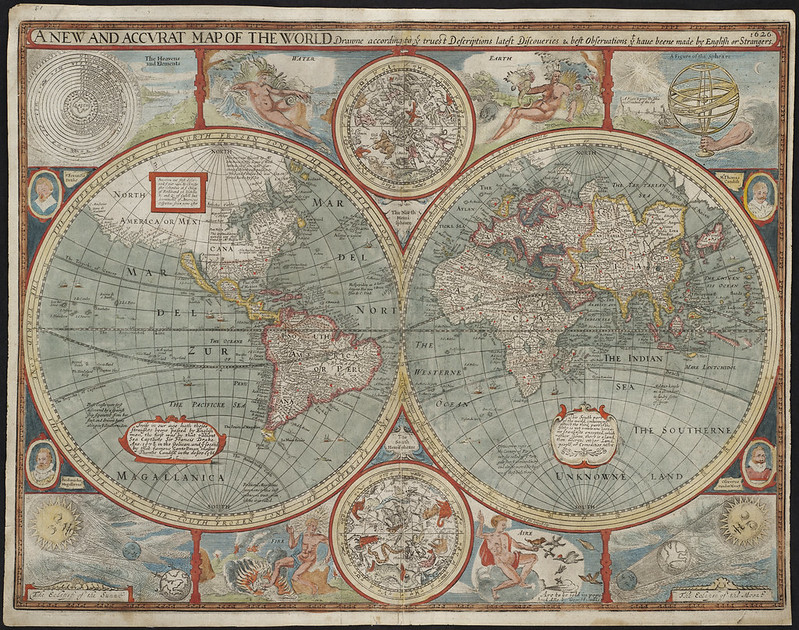
T-O maps, popular in medieval Europe, were circular maps that divided the world into three continents—Europe, Asia, and Africa—separated by a “T” formed by bodies of water like the Mediterranean and the Nile. Centered on Jerusalem, these maps reflected the religious and symbolic worldview of the time, rather than geographical accuracy.
Portolan Charts of the Mediterranean
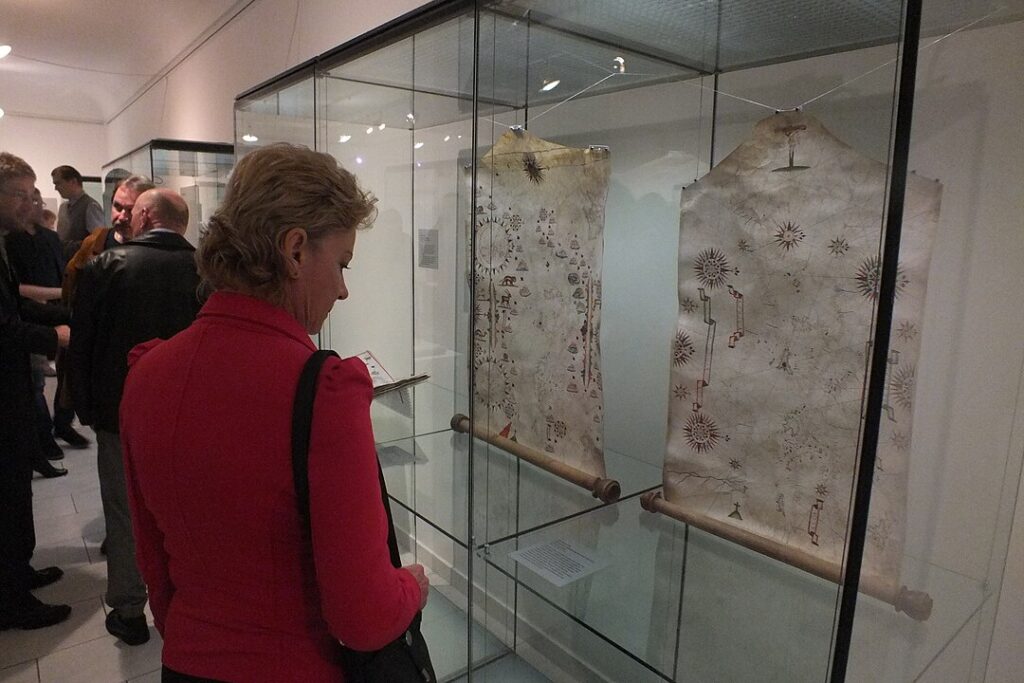
Developed in the 13th century, Portolan charts were detailed navigational maps used by sailors. They featured coastlines, ports, and compass roses to assist with maritime travel. These maps were incredibly accurate for their time and are notable for their use of rhumb lines, showing constant compass directions.
The Mappa Mundi
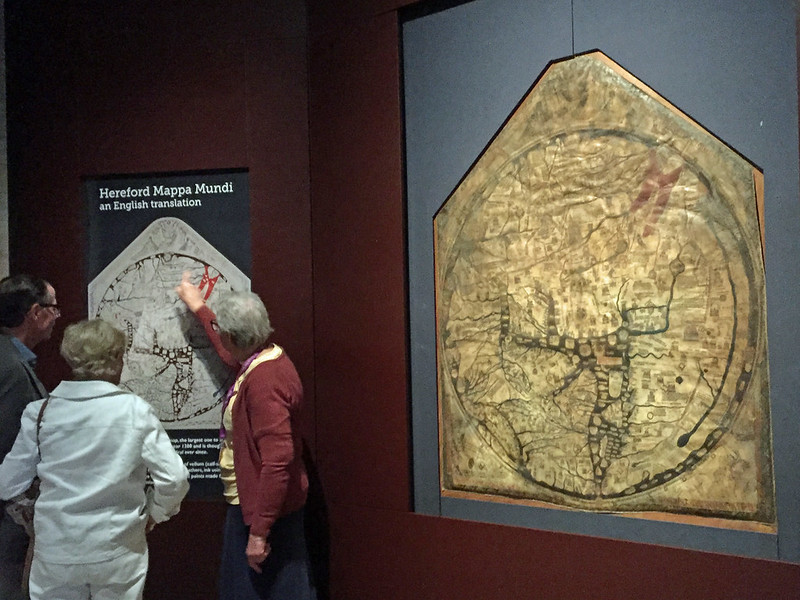
The Hereford Mappa Mundi, created around 1300, is one of the most famous medieval world maps. It blends geography, history, and religious belief, depicting the known world along with biblical stories and mythical creatures. This map is an artistic representation of the medieval worldview, showing that early cartographers often blended fact with fiction.
The Age of Exploration and World Mapping
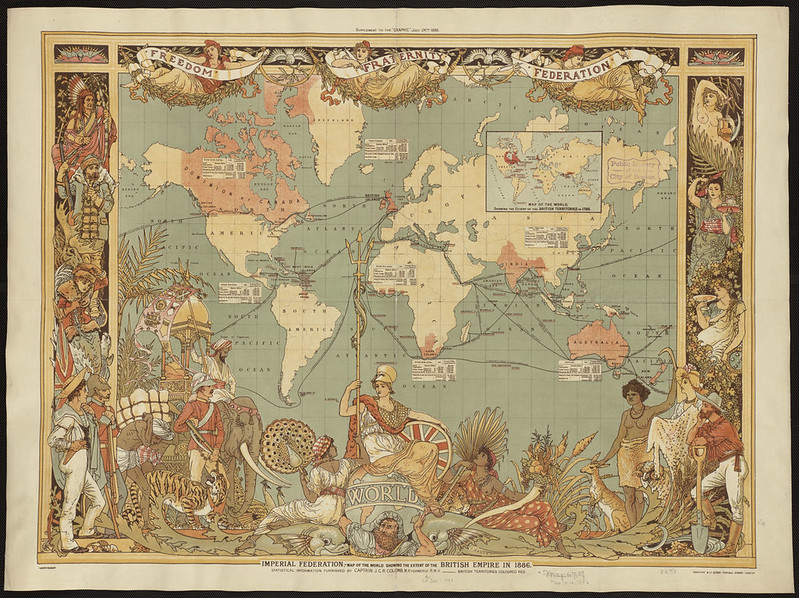
The Age of Exploration in the 15th and 16th centuries transformed cartography. As explorers like Christopher Columbus and Vasco da Gama discovered new lands, maps expanded beyond Europe, Africa, and Asia to include the Americas. This period marked the beginning of global mapping, as cartographers adapted to new geographic knowledge.
The Mercator Projection
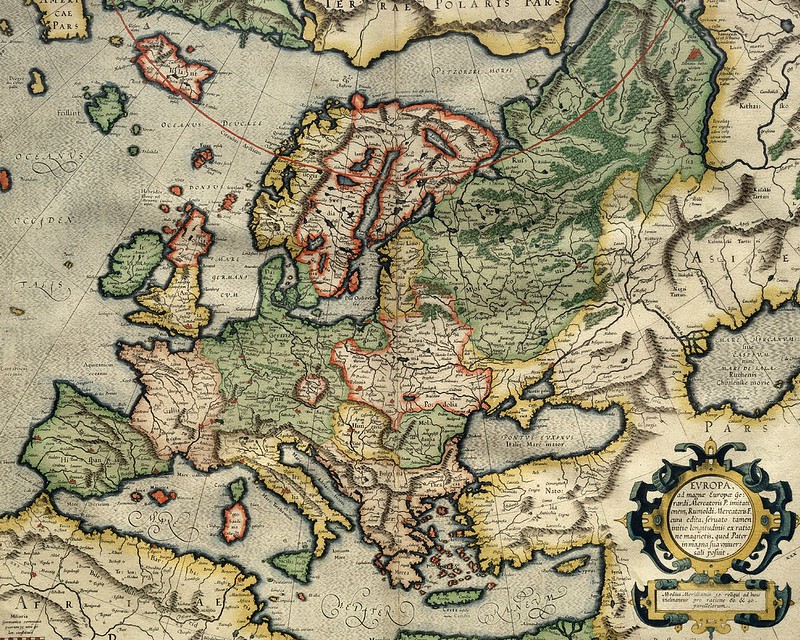
In 1569, Gerardus Mercator introduced a cylindrical map projection that became one of the most enduring tools in navigation. The Mercator projection preserves accurate compass bearings, making it invaluable for sailors, although it distorts landmasses near the poles. Despite its flaws, this projection remains widely used in modern mapping.
Maps as Political Tools
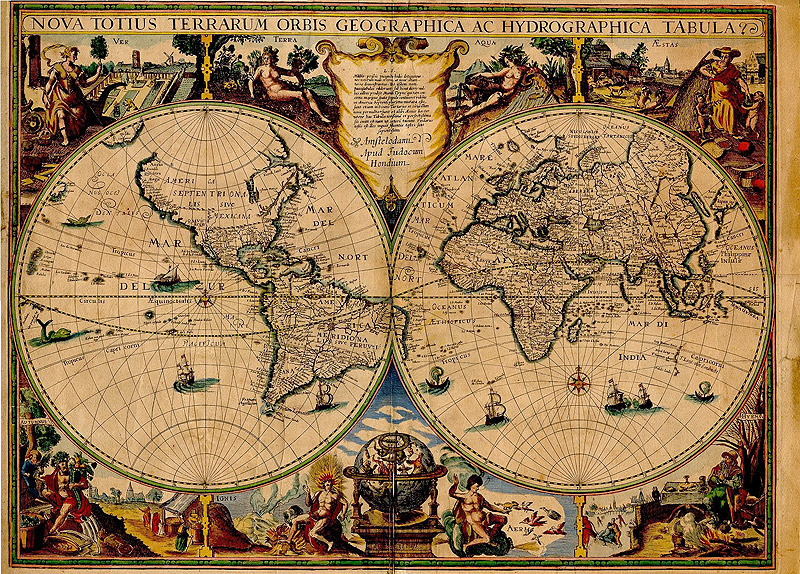
During the 17th and 18th centuries, maps became increasingly politicized, often used by empires to assert control over territories. Cartographers were employed to create maps that reflected a nation’s power or territorial ambitions, with national boundaries becoming a key feature. Maps like these helped solidify political control over distant colonies.
The First Atlas: Ortelius’ “Theatrum Orbis Terrarum”
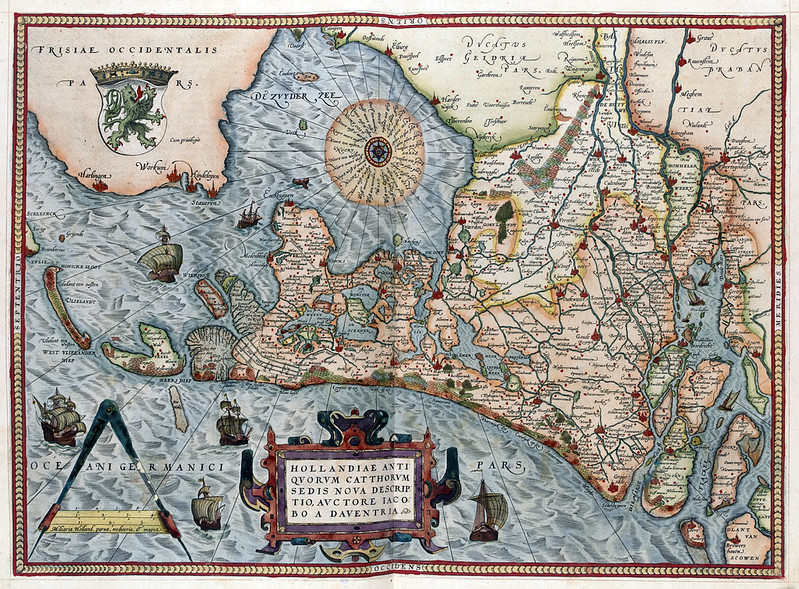
Published in 1570 by Abraham Ortelius, “Theatrum Orbis Terrarum” is considered the first modern atlas. It compiled maps from various sources into one comprehensive book, making global geography more accessible to scholars and explorers. The atlas was highly detailed and influential, setting the standard for future cartographic works.
The Invention of the Printing Press
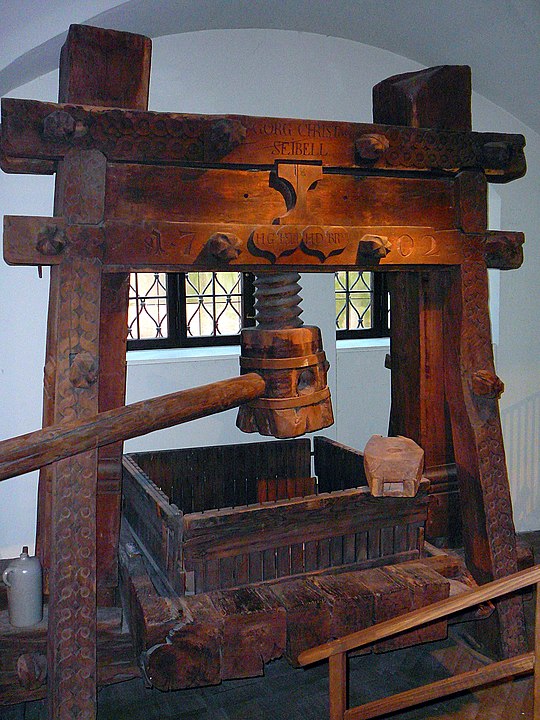
The invention of the printing press in the mid-15th century revolutionized cartography by enabling the mass production of maps. Prior to this, maps were hand-drawn and available only to the wealthy or powerful. The printing press allowed for the widespread dissemination of geographic knowledge, making maps more accessible to the public.
John Snow’s Cholera Map
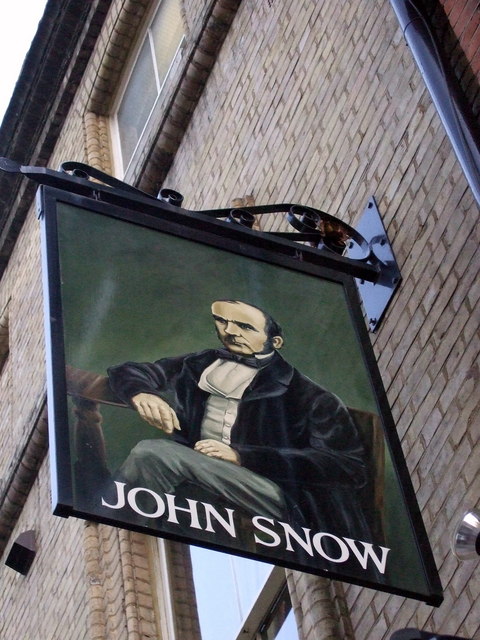
In 1854, Dr. John Snow created one of the earliest examples of using maps for scientific purposes. By plotting cholera cases on a map of London, Snow was able to trace the outbreak to a specific contaminated water pump. This map is seen as a pioneering work in epidemiology, demonstrating the potential of maps in public health.
Thematic Mapping
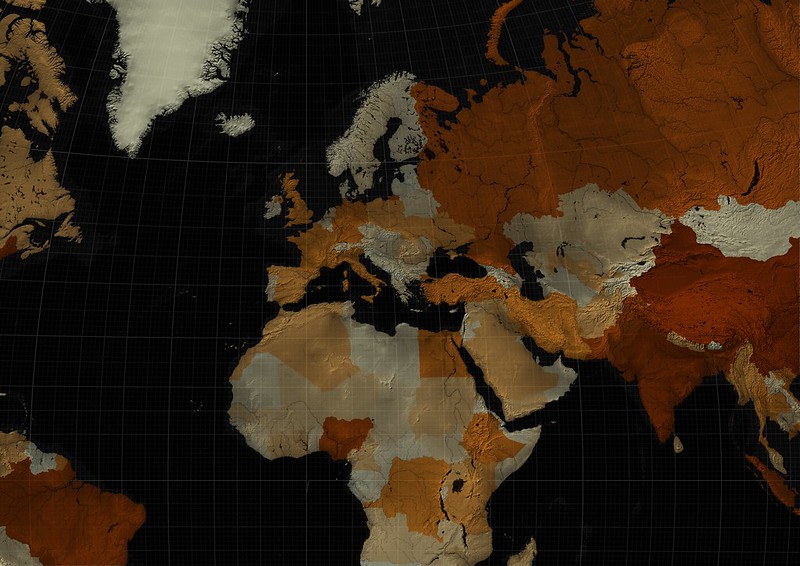
Thematic maps, which represent specific themes such as population density, climate, or economic activity, became prominent in the 19th century. French cartographer Charles Dupin is credited with one of the first thematic maps, showing illiteracy rates in France. These maps allowed for a deeper understanding of social and economic data through geographic visualization.
Topographic Maps
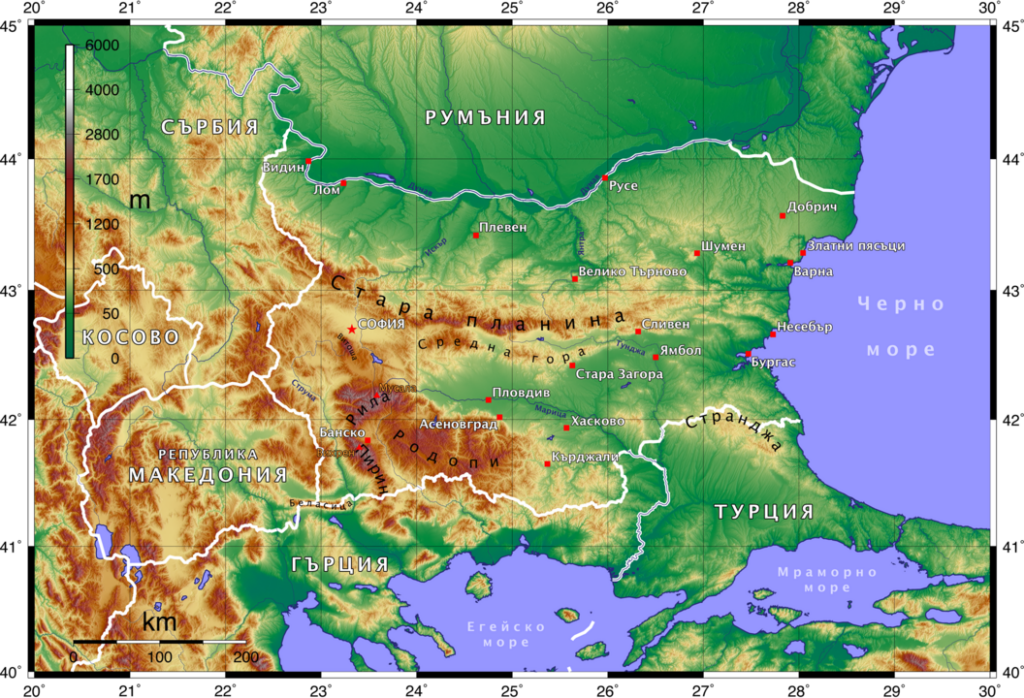
Topographic maps, which detail the three-dimensional features of the terrain, were developed in the late 18th and 19th centuries. These maps use contour lines to depict elevation and landforms, becoming essential tools for military operations, land development, and outdoor exploration. The Ordnance Survey of Britain was one of the pioneers in creating these detailed maps.
The Longitude Problem and the Harrison Chronometer
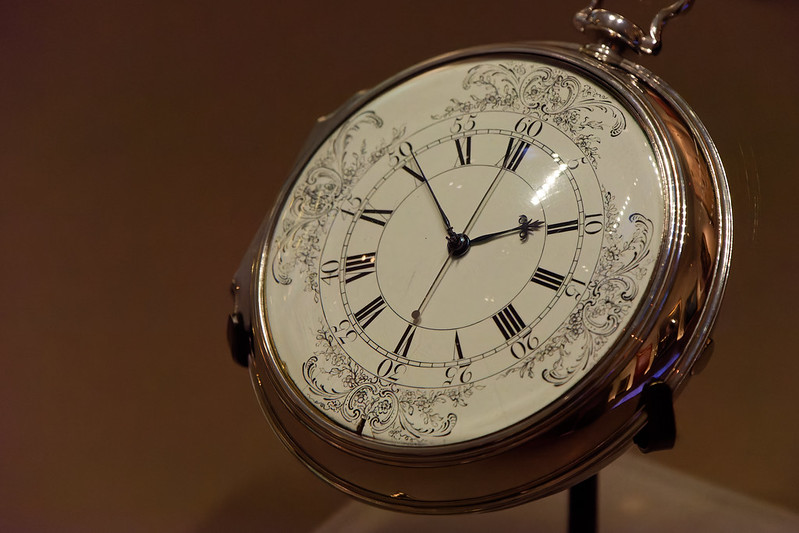
Accurate longitude measurement was a major challenge for early cartographers and sailors. John Harrison solved this in the 18th century by inventing a marine chronometer, which allowed sailors to accurately determine their position at sea. This breakthrough significantly improved the accuracy of global maps and revolutionized navigation.
The Role of Cartography in War
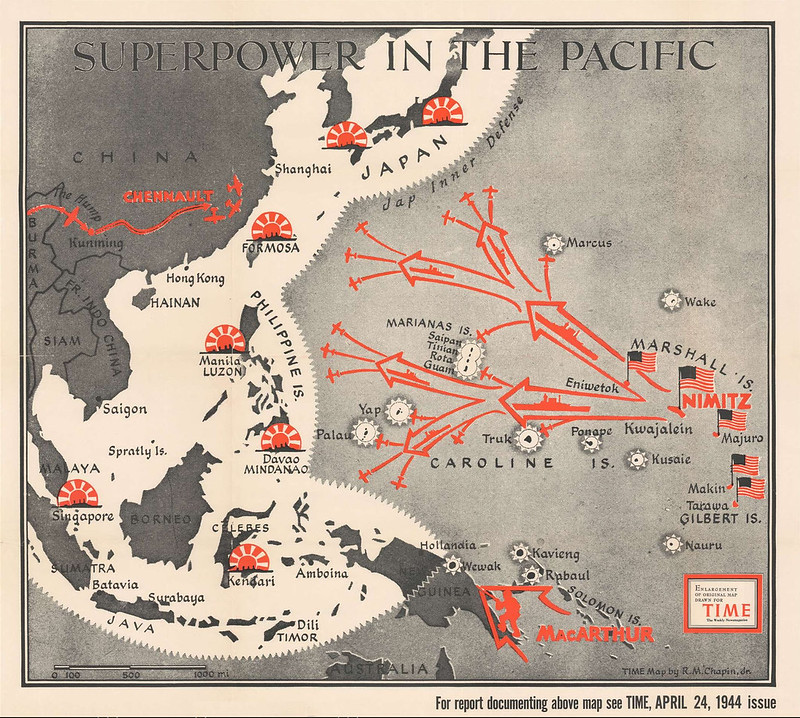
Military conflicts have often driven advancements in cartography. During World War II, both Allied and Axis powers relied on detailed maps for planning and executing military strategies. Aerial photography and new technologies, such as radar, were used to create highly accurate maps that played crucial roles in determining battle outcomes.
The Rise of Aerial Photography

The development of aerial photography in the 20th century provided a new perspective on mapmaking. For the first time, cartographers could capture large land areas from above, significantly improving the accuracy of maps. Aerial surveys became especially important for creating topographic maps and planning urban development.
The Birth of Modern Geographic Information Systems (GIS)
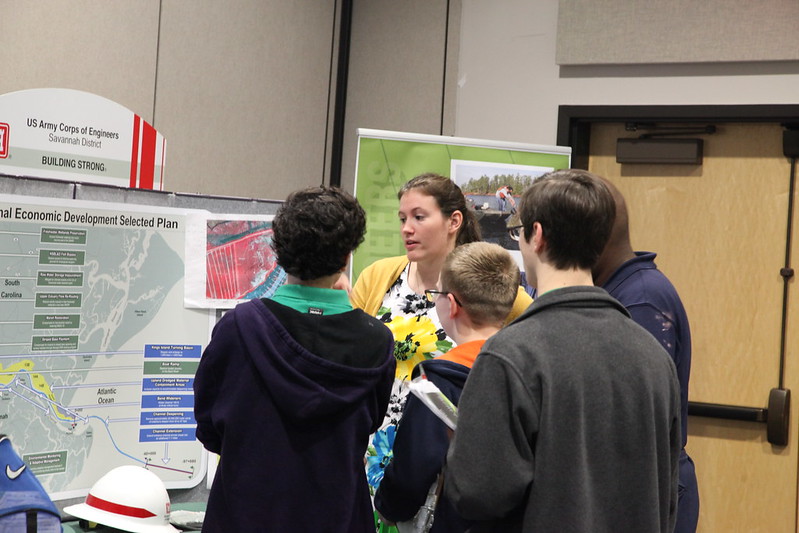
The introduction of Geographic Information Systems (GIS) in the 1960s marked a new era in cartography. GIS allows for the collection, analysis, and visualization of spatial data in a digital format, revolutionizing how maps are made and used. GIS technology is now a crucial tool in urban planning, environmental management, and disaster response.
Satellite Mapping and Remote Sensing
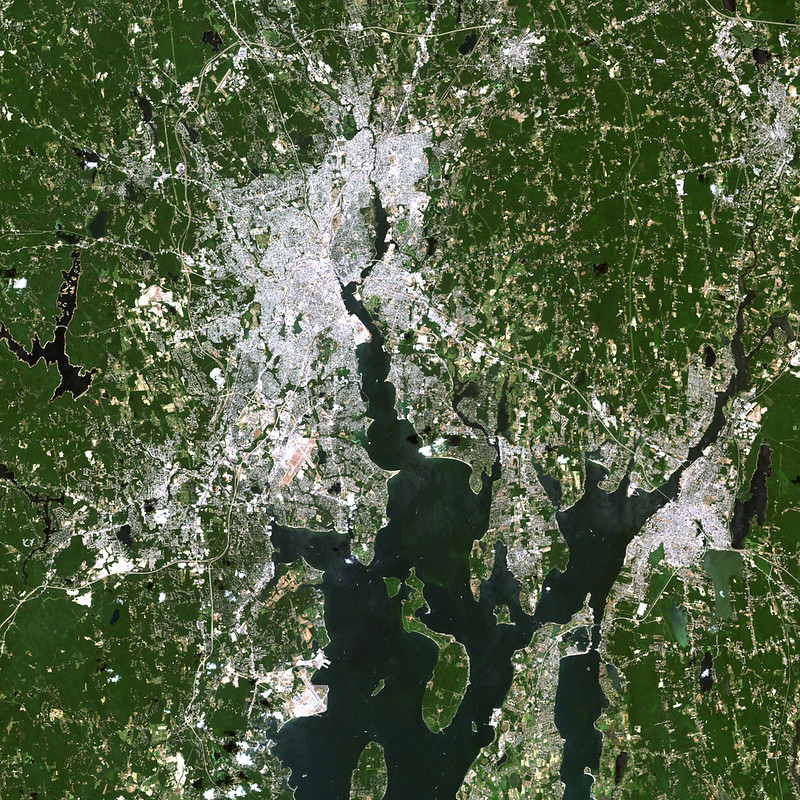
The launch of satellites in the mid-20th century enabled cartographers to map the Earth with unprecedented precision. Remote sensing technology, which captures data from satellites or aircraft, has provided detailed images of the Earth’s surface, aiding in everything from weather forecasting to environmental monitoring.
Google Earth and the Democratization of Mapping
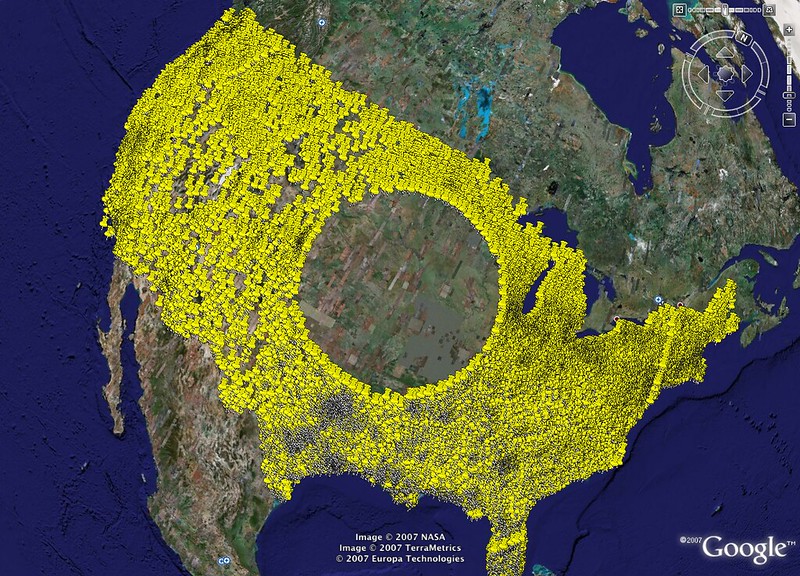
The launch of Google Earth in 2005 transformed cartography by making detailed, interactive maps accessible to anyone with an internet connection. This user-friendly platform allows individuals to explore 3D representations of the globe, measure distances, and view real-time changes in geography. Google Earth has democratized mapping, empowering millions to engage with geographic data.
The Future of Cartography: AI and Predictive Mapping

With the rise of artificial intelligence and machine learning, cartography is evolving once again. Predictive mapping, which uses algorithms to forecast future geographic trends like climate change or urban growth, is becoming increasingly common. These maps are more than just representations of the present—they offer insights into what the future may hold, pushing the boundaries of traditional cartography.
This article originally appeared on UnifyCosmos.
More from UnifyCosmos
17 Ways to Keep the Spark Alive in Long-Term Relationships

As the years go by, it’s easy to fall into routines and let the excitement fade. However, with a little attention and creativity, you can bring back that special connection. Here are some simple ways to reignite the passion and strengthen your bond. Read more!
20 Strategies for Maintaining Healthy Boundaries in Relationships

In today’s fast-paced world, where technology and social pressures can blur lines, setting clear boundaries is more important than ever. These are 20 practical strategies that can help you keep your relationships balanced and healthy. Read more!
20 Love and Relationship Myths Debunked

By identifying and challenging these myths, we can build healthier and more fulfilling connections. Let’s explore some common false beliefs about relationships and uncover the truth behind them. Read more!
Leave a Reply